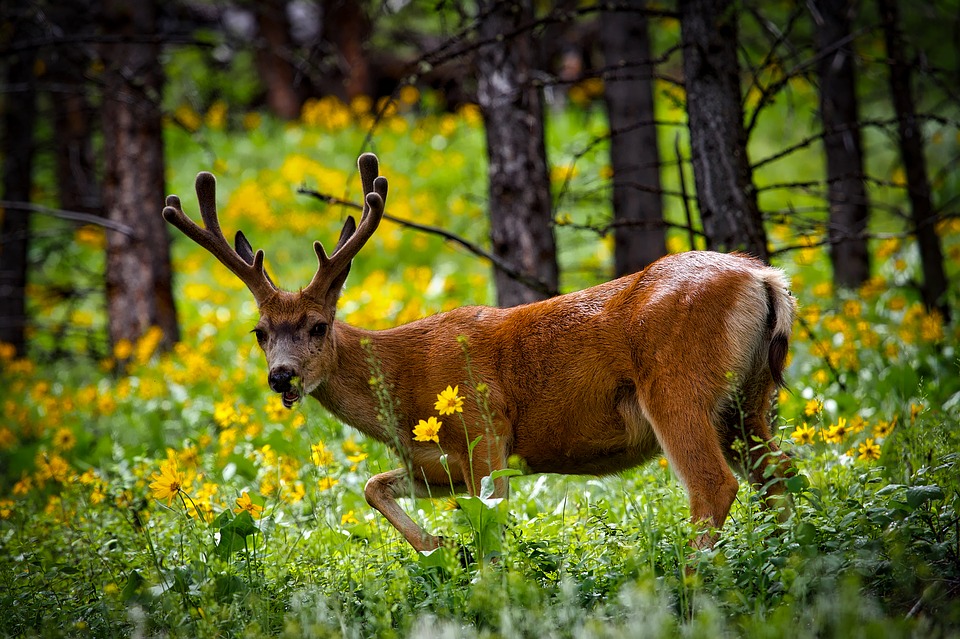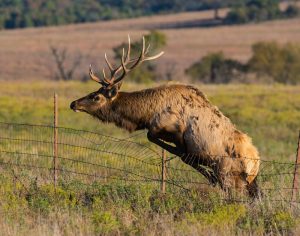It’s no secret to most that mule deer are travelers, often migrating thousands of miles in search of better climate and more feeding options. In somewhat of an unprecedented migration or travel route, mule deer are beginning to show up in the Alaskan interior, a place not typically known for mule deer, but one that has had a few sightings since the 1970’s.
As a non-indigenous species to the Alaskan interior, Alaska Fish and Game officials are led to believe these mule deer are making their way into Alaska from the bordering Yukon Territory in Canada’s northwestern corner.
While most of us in the hunting community would be ecstatic to hear about a growing mule deer population, officials in Alaska are worried about the new arrivals and more importantly, what they could be carrying with them.
As moose populations in the east continue to fall, according to fish and game biologists, the elusive, but deadly winter moose tick is to blame. With the potential for mule deer to carry the tick inside Alaska’s borders, the Alaska Fish and Game Department is growing concerned about the possible effects an outbreak could have on the state’s moose and caribou populations.
“It sucks their blood and causes them to lose hair because they’re very itchy. But it causes especially the young animals a pretty high death rate, especially over winter,” Dr. Kimberlee Beckmen, the state’s wildlife veterinarian, said. “So we don’t want that to infect our moose population because it would have a negative impact on the numbers of moose that we have.”
A mule deer that was hit and killed by a motor vehicle earlier this month is what really spawned the interest of the department. While the carcass did not have any visible signs of winter tick infection, officials are now turning to the public for their help in reporting all sightings of mule deer across the state.
“There was no hair loss, so if it died anytime from January on, we can say it wasn’t infected with moose winter tick. However, if it died last fall or early winter, there would not be adult ticks or classic hair loss patterns visible yet. We need help from the public to determine when the animal was hit on the bridge.”
A recent study performed by the government in the neighboring Yukon Territory indicated that more than 50 percent of mule deer studied were infected with moose winter tick. As the ticks continue to devastate moose populations in the lower 48, Alaskan officials are interested in documenting Interior mule deer sightings. The public is asked to report any sightings of live or dead mule deer immediately to the department or the Alaska Wildlife Troopers.




